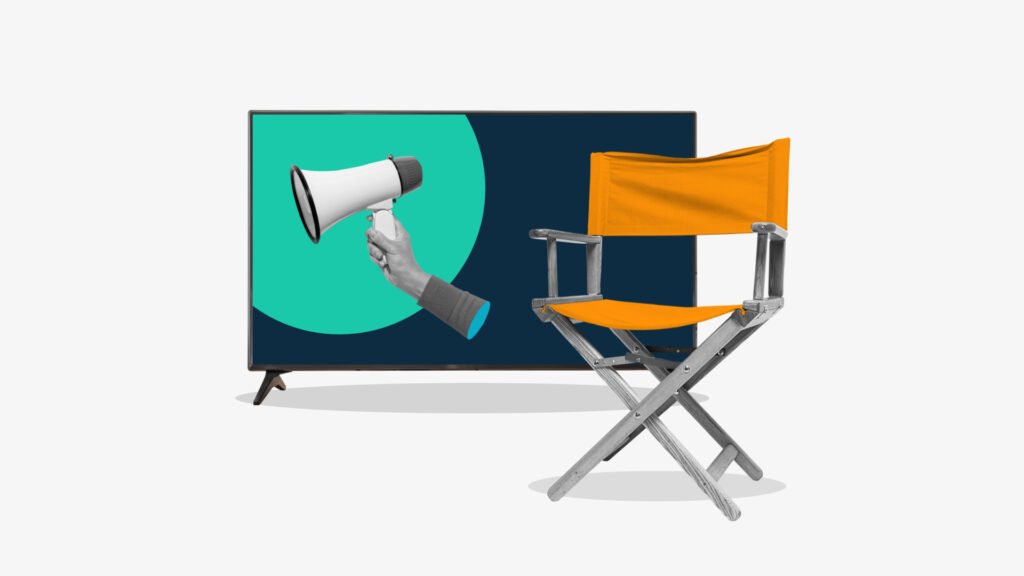Analysis
A B2B Case Study in Emotion
by Isabel Greenfield3 min read
Abstract
- B2B brands often stick with too-boring, too-technical ads in an attempt to educate buyers about their products
- Autodesk, in partnership with Maximum Effort, bucked this trend to weave an engaging story that resulted in 14% more site traffic
- Evoking emotion and crafting an engaging story help B2B brands stay in the ever-important initial consideration set

We say it all the time: B2B creative does not need to be boring. But maybe that’s easier said than done, especially when most examples of B2B creative are themselves dull, impersonal, and overly technical. So when we saw this example of a B2B brand doing it right, we thought what better way to explore a successful emotional B2B ad?
The Story of Otto Desć
Autodesk, the 3D design, engineering, and construction software company, could easily fall back on “traditional” product-demo creative to showcase their various services (just look at how many words it takes to describe what they do). Instead, they took a page from their B2C counterparts’ playbook and partnered with Maximum Effort to create ad campaigns that evoke emotion — and results.
They produced a variety of ads, including a spoof featuring Elizabeth Banks and Ron Pearlman lauding the achievements of Hollywood’s Otto Desć (only to reveal that what they are actually talking about is Autodesk — a software tool often used to make Hollywood hits). This is not the typical product demonstration of B2B software. Instead, it’s an engaging story, filled with emotion and familiar faces.
Autodesk didn’t stop there. They also created a variety of video assets featuring school kids exploring the capabilities of their platforms, from pollinating plants to hamburger slingshots (they are kids, after all). The result is a campaign of engaging creative that challenges the norm of the dry B2B assets.
Winning the B2B Buyer’s Heart
This approach has been transformative for Autodesk. Site traffic is up 4% overall, with a 14% bump following the release of the Otto Desc spot. “We approach B2B in a similar manner to B2C because even though the sales cycle of B2B is longer, we think the anchoring effect of entering through a feeling is critical,” says George Dewey, Maximum Effort’s co-founder. B2B buyers aren’t suit-wearing robots; they’re the same people that the B2C companies are targeting with their emotionally moving creative. B2B brands can stand out by speaking to them on that same human level.
“An emotional moat around a brand is just as valuable as a technological moat,” Dewey said. “We believe if people enter through laughter or joy, it saves time and money in the long run.” In other words? B2B doesn’t have to automatically mean boring. And in most cases, the brands that don’t abide by this outdated rule are the ones that win. This knowledge is critical because we know that 90% of B2B buyers purchase from a brand that was within their initial consideration set. What better way to put yourself there and stand out among the crowd than to craft a charming creative strategy?
Tips to Craft a Better B2B Story
Want to make your own emotional creative? A few tips that we keep in mind when creating B2B assets:
- Craft a story: Recognize your audience’s pain points. Cast them as the main character and your product or service as the tool that will help them overcome their obstacles.
- Stir emotion: B2B buyers’ main concerns are utility, need, and perceived value; focus on these instead of B2C tactics like fear or pleasure.
- Limit the buzzwords: Learn the terms your customers use and find ways to discuss them in easy, digestible language.
Take the time to experiment with your creative and continue to test throughout the year. What resonates may surprise you.
Subscribe to the MNTN Research Weekly
Sign up to receive a weekly feed of curated research, sent straight to your inbox.
Resources